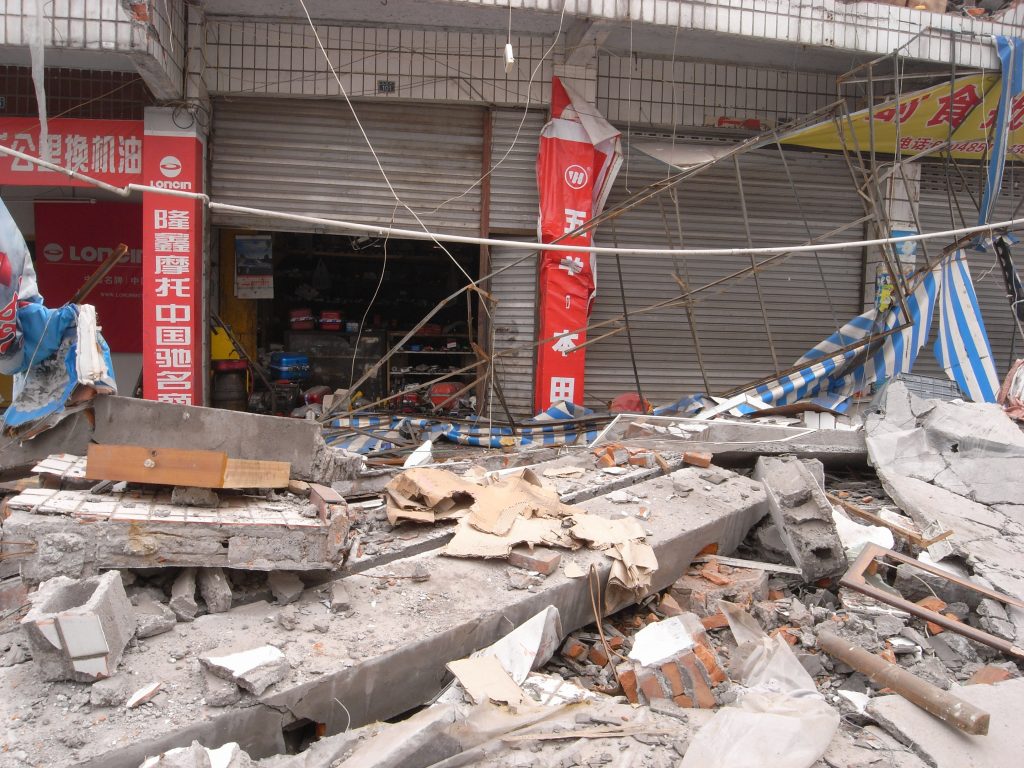At 2:28 pm on May 12, 2008, the Wènchuān dà dìzhèn (literally “Great Wenchuan earthquake”) registered 8.0 on the Richter magnitude scale. As the 21st deadliest earthquake of all time, the Wenchuan (also known as Sichuan) earthquake took more than 69,000 lives and left about 4.8 million people homeless. On November 6, 2008, China announced that it would spend about $146.5 billion over the next three years to rebuild areas ravaged by the earthquake as part of the Chinese economic stimulus program.

Natural disasters such as this have long been considered one of the major challenges confronting humankind. In recent years, both the incidence and frequency of natural disasters have increased. It is also evident that losses due to natural catastrophic events have increased dramatically over decades.
In this context, post-disaster recovery practices have become more common and research on disaster recovery within the academic community is also increasing. Many of these studies suggest that urgency and uncertainty in the aftermath of disasters lead to short-term decision-making that does not address, or may even amplify, pre-disaster social, economic and environmental weaknesses, which are the main challenges to long-term sustainability. Therefore, it is essential to incorporate sustainability into the disaster recovery process.
In a recent article published in the Journal of Environmental Planning and Management, Center for Urban and Regional Studies (CURS) Faculty Fellow and Director of the Program on Chinese Cities Yan Song, Chaosu Li, a UNC Department of City and Regional Planning doctoral candidate, and their colleagues examined the local recovery plans that were made in response to the 2008 Wenchuan earthquake.
Through a CURS-supported, National Science Foundation-funded grant, planning documents from the affected areas were analyzed and evaluated, and in-depth interviews with government officials, planners and researchers were conducted. Song and her colleagues found that the local recovery plans do not appear to have sufficiently incorporated concepts of sustainability…(more)
